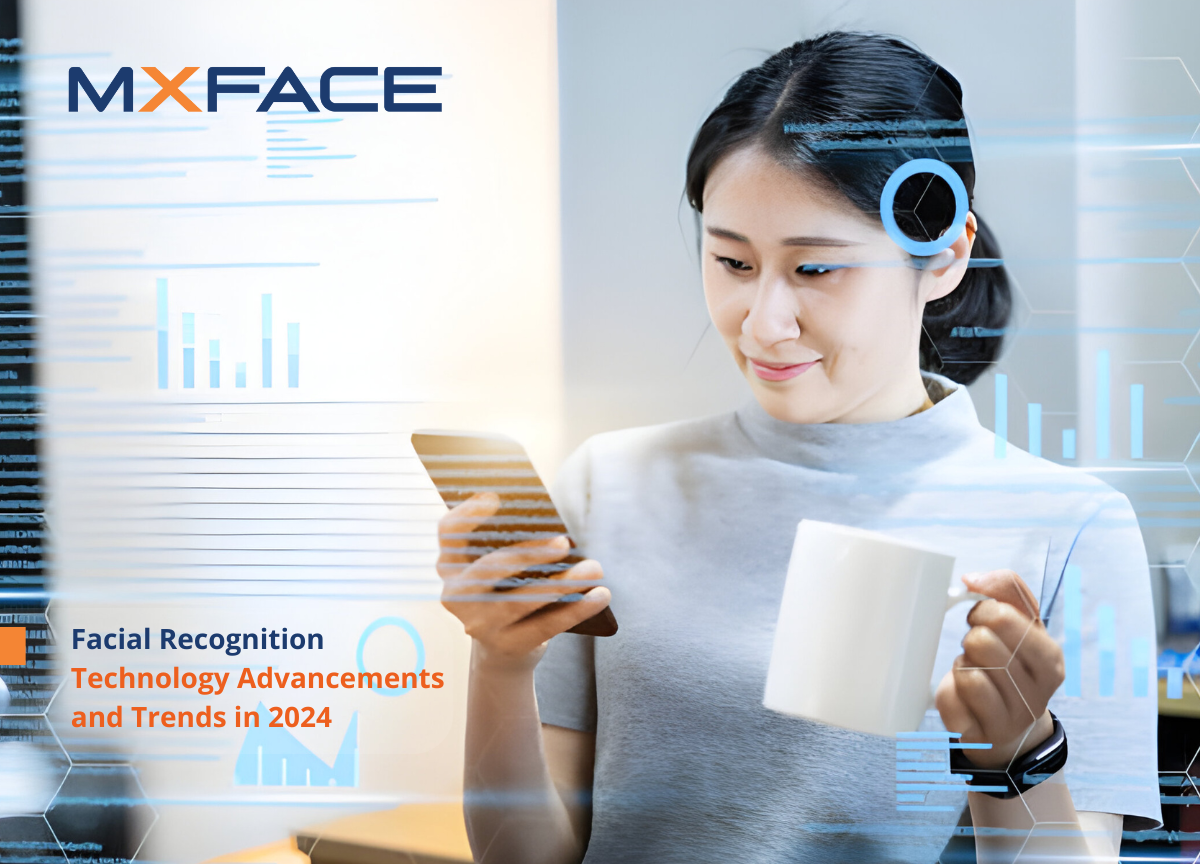Facial Recognition Technology Advancements and Trends in 2024

Face recognition technology improvements are happening rapidly in comparison to other biometric modalities like fingerprints. Facial recognition technology can now accurately detect deep fake or match photos from your childhood, extract images from a group of faces all at one go, and supersede all other biometric techniques, according to biometric experts at the International Face Performance Conference (IFPC), 2022.
One of the reasons for such improvement in face recognition is that face is the least confidential information about a person. Faces are easily searchable in comparison to names and image data is more readily available for machine learning, even higher than fingerprint or iris images.
Post coronavirus pandemic 2020-2022, facial recognition technology is widely used in mobile applications, industrial security devices and software applications, criminal investigations and is expected to grow further in 2024. With higher accuracy in detection, search, and verification 70% of hotels, stations, airports, harbors, government institutions are expected to deploy this technology.
Advancements and Success Rate of Facial recognition technology
A facial recognition system has been able to achieve up to 99.97% accuracy in ideal settings (according to CSIS) during recent years. Facial verification if done with use of mugshots or passport images where lighting conditions are uniform and if it is a front face, then it meets the desired accuracy level or accurate.
Facial recognition statistics show that under ideal conditions, the error rate is usually at or under 0.1%. In other words, it’s nearly perfect. In conditions closer to real life, where low lighting, face pose, sharpness of image is questionable there can be a drop in accuracy with error rate of 10%.
Face identification on a smartphone is highly secure and better than alternatives like finger print and passwords. Face Detection, Search, and Verification APIs and SDKs can be now easily installed in GPUs and edge AI devices to have better control over real time surveillance, analytics and data privacy.
Industries investing in facial recognition technology
Resorts, hotels, museums, railway stations, airports, large restaurants, defence, marketing companies are like to adopt facial recognition technology than any other industry.
Growing usage trend
In hospitality, it is being used for identity checks to accessing rooms, contactless payments and monitoring security. For security purposes guests can be identified quickly, and they can be allowed to access the hotel premises or even get into their rooms with smart keys by scanning their faces, example Marriott Hotels in China.
In banking and payment applications, face recognition tech facilitates smartphone cameras to scan customer’s faces, ascertain their identity, and trigger payment systems and wallets for contactless payments, though this requires a customer account with the payment app and approval for face recognition service.
Facial recognition systems can improve marketing plans and strategies to give a higher customer experience. It monitors the facial expressions of customers to find out their experience in the store. It identifies repeat customers by face and checks their buying patterns and suggests products accordingly.


Comments